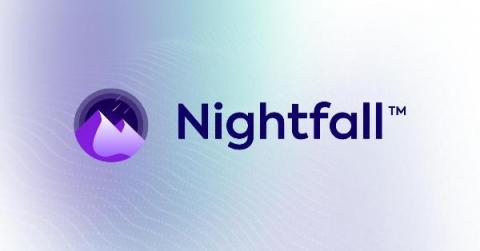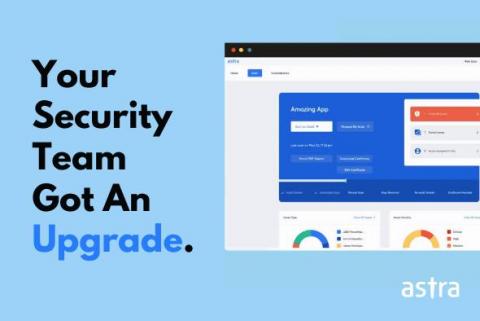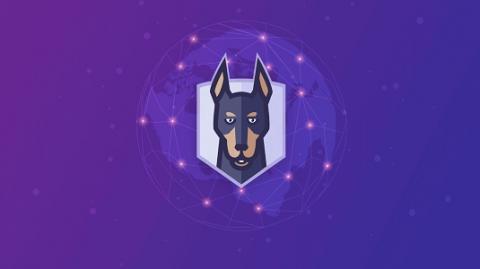5 Things Every MSP Should Know About Data Governance
For a managed service provider (MSP), answering questions about data governance—specifically data security and privacy—is a vital part of the job. Understanding the complexities of content management systems, automation, and more ensures you are at the top of the data security field. Maintaining file and data security is a fact of life—usually by force of law. However, it’s a subject not many of your clients will ever fully understand.










